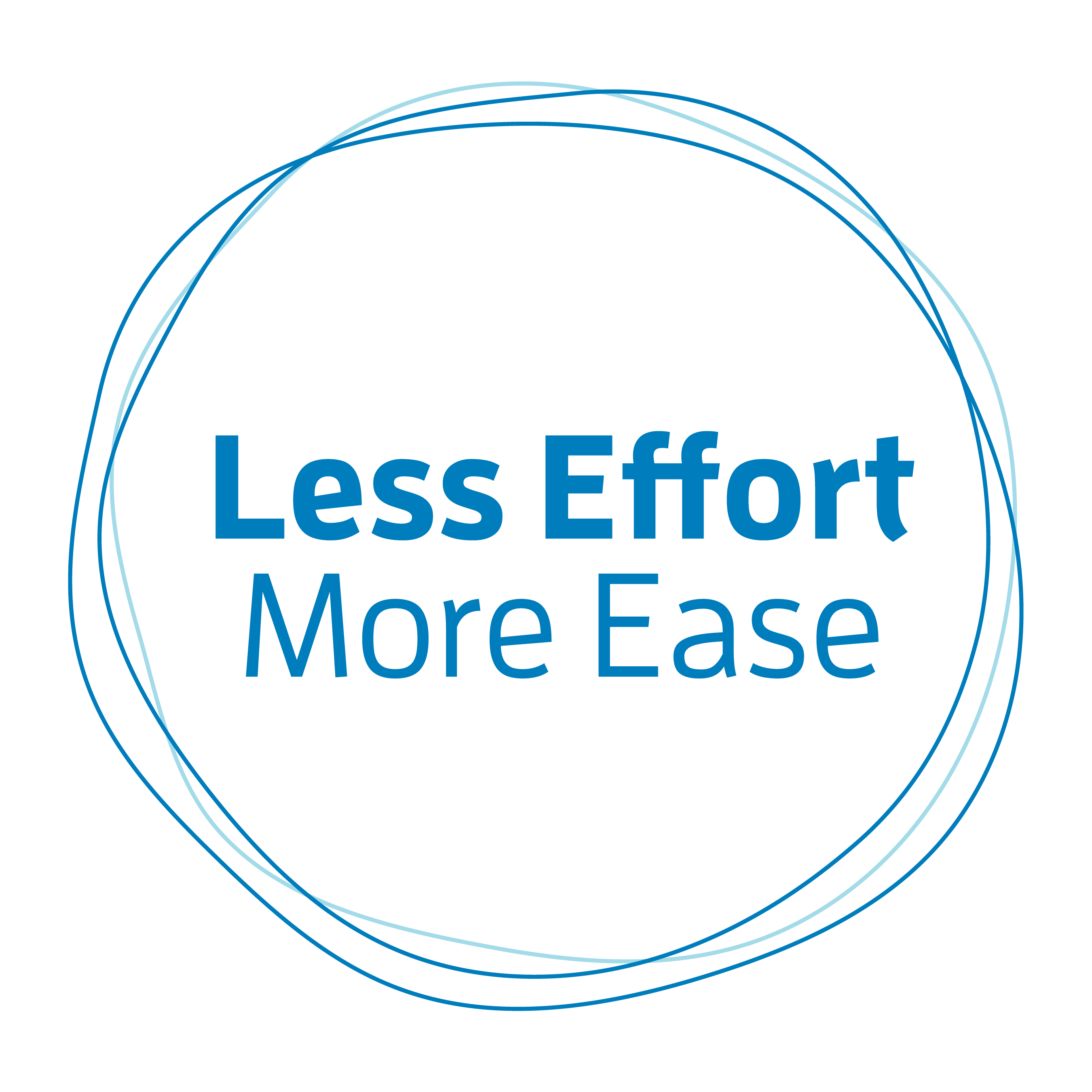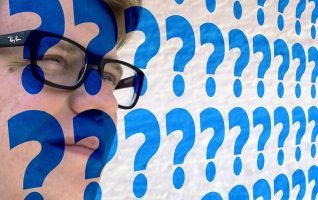The Alexander Technique is at its very essence a study of the Use of your Self. In fact, F.M. Alexander, whose observations underly what is known today as the Alexander Technique, wrote a book titled The Use of the Self.
Maybe you’ve heard about this rather obscure technique in passing. Or perhaps you’re hearing about it for the very first time. Either way, some of the questions you’re probably asking yourself are:
“What the heck is Use?”
“It’s just another word for my posture, right?”
“I thought the Alexander Technique is about posture. Isn’t the Alexander Technique about posture?”
My answer to that last question comes straight from the rules for improvisational comedy: “Yes and…”
Yes, Use is your posture. And there’s a bit more to the story.
***
The all too common advice you’re given for improving your posture sheds some light on how most of society defines posture:
Sit or stand up straight!
Pull your shoulders back and down!
Hold your tummy in!
Tuck your tail!
Flatten your back!
What does all of this advice suggest? First, there’s a correct shape you need to adopt. Second, an extraordinary degree of effort is needed to make that shape happen—let alone keep it all from falling apart! Exhausting! Perhaps even more importantly, the above suggests posture is simpler than it is. If it were simple, then lifting your chin and pulling your shoulders back and down would be a quick fix. Luckily, posture is much more interesting than that.
Your postural system is what works to support you, maintain your shape, and keep you upright against a downward force of gravity. It’s basically why you’re not in a heap on the floor right now. And yes, part of your Use is how well your postural system is working. Are you able to be upright in a balanced and easy fashion? Or does it feel like your default is total collapse? Is being upright fraught with stiffening and tension?
***
The good news is you already have some sense of the concept of a person’s Use.
Think of a time when you were out for a walk and someone was approaching you. The person was far enough away you couldn’t make out their facial features, but you knew it was Anne because of the way she swings that right arm when she is trying to walk fast. Or you knew it was Bob because of the way he holds his head when he walks and is deep in thought. And you were often right.
That’s because you’re familiar with an aspect of their Use.
If you’ve lived in a household with more than one other person for any length of time, I bet you could tell which person was coming down the stairs just by listening to their footfall. Some people sound like a rhinoceros, others like a ballerina.
You knew who it was because you were familiar with an aspect of their Use.
I bet there’s a person in your life you know well enough that you’re able to predict how they’re going to react in certain situations. Maybe you’ve experienced them enough that you avoid being in certain situations that trigger some of their unpleasant reactions.
How you react is a large part of what constitutes your Use.
Ever watch a show like Saturday Night Live, where actors imitate people in the public eye? Why are the good ones so good? Because they have intimately studied their subject’s Use. It’s not just the way the person stands or sits or talks. It’s how they hold tension, move, and react.
***
So, yes, the Alexander Technique is about your posture. And it recognizes that what makes up your posture is not just your shape or alignment. There’s a lot more to the story.
The Alexander Technique also takes into consideration that there’s a connection between your mind and your body. How you think, react, and focus your attention affects you physically, how you hold tension, and ultimately your posture. Think about how different your physical experience is doing the same task depending on if you’re preoccupied with getting it done in a hurry or if you’re taking your time and enjoying doing it.
The Technique also acknowledges that your physical body is a whole and works as a whole. A problem with your back is often not just isolated to your back. Your posture is about all of you, not just your back or your shoulders or your neck.
***
Earlier I said the Alexander Technique is about the Use of your Self. The software tried to autocorrect ”your Self” to “yourself”. But I didn’t make a typo. Just like Use was meant to be capitalized, Self was meant to be capitalized as well.
F.M. Alexander used the word Self often in his writings. He chose this word to refer to the fact that you aren’t only a physical being but also one that thinks and experiences emotions. And more importantly, everything you do involves all three aspects — your whole Self.
Imagine driving your car in rush hour traffic.
Is it a physical act? Certainly yes. You have to sit in the seat and move your arms, hands, legs, and feet to drive the car. You have to be able to turn your head to check the blind spot over your left shoulder. Is it a mental act? Of course. You’re constantly taking in information from the road around you, thinking, and making decisions as you drive. What about an emotional act? What happens when some idiot pulls right in front of you without signaling, causing you to jam on the brakes? You might experience frustration or anger. What about if we add in a pouring rainstorm, so your visibility is diminished? You might experience anxiety or a bit of fear. So, yes it’s also an emotional act.
You drive with your whole Self.
***
Your parents were annoying when they nagged you to slop slumping and stand up straight. But their advice wasn’t all that off track. They knew your posture affects not only how you look, but also how you feel and move. The problem is, there was more you needed to know.
Too often postural correction is approached in our culture as exercises that focus solely on the physical. Strengthening exercises for your core. Stretching exercises for overly tight muscles. By looking at the whole person—the whole Self—the Alexander Technique takes a much wider view of what posture is—and in so doing addresses a lot of overlooked contributors to poor posture.
Learning how to improve the Use of your Self is the ultimate self-care practice for lasting change. Your body will thank you for it.
Photo by Nel_Botha-NZ at Pixabay.com
P.S. If you like this blog and are craving more information on moving better and feeling better sign up for my monthly e-newsletter. When you sign up you’ll get a free booklet with tips for exploring your posture (that has nothing to do with standing up straight and pulling your shoulders back. I promise!). And once a month I’ll pop into your inbox with new ideas for you to experiment with. In addition, you’ll be the first to know about any upcoming events, local, or online.




